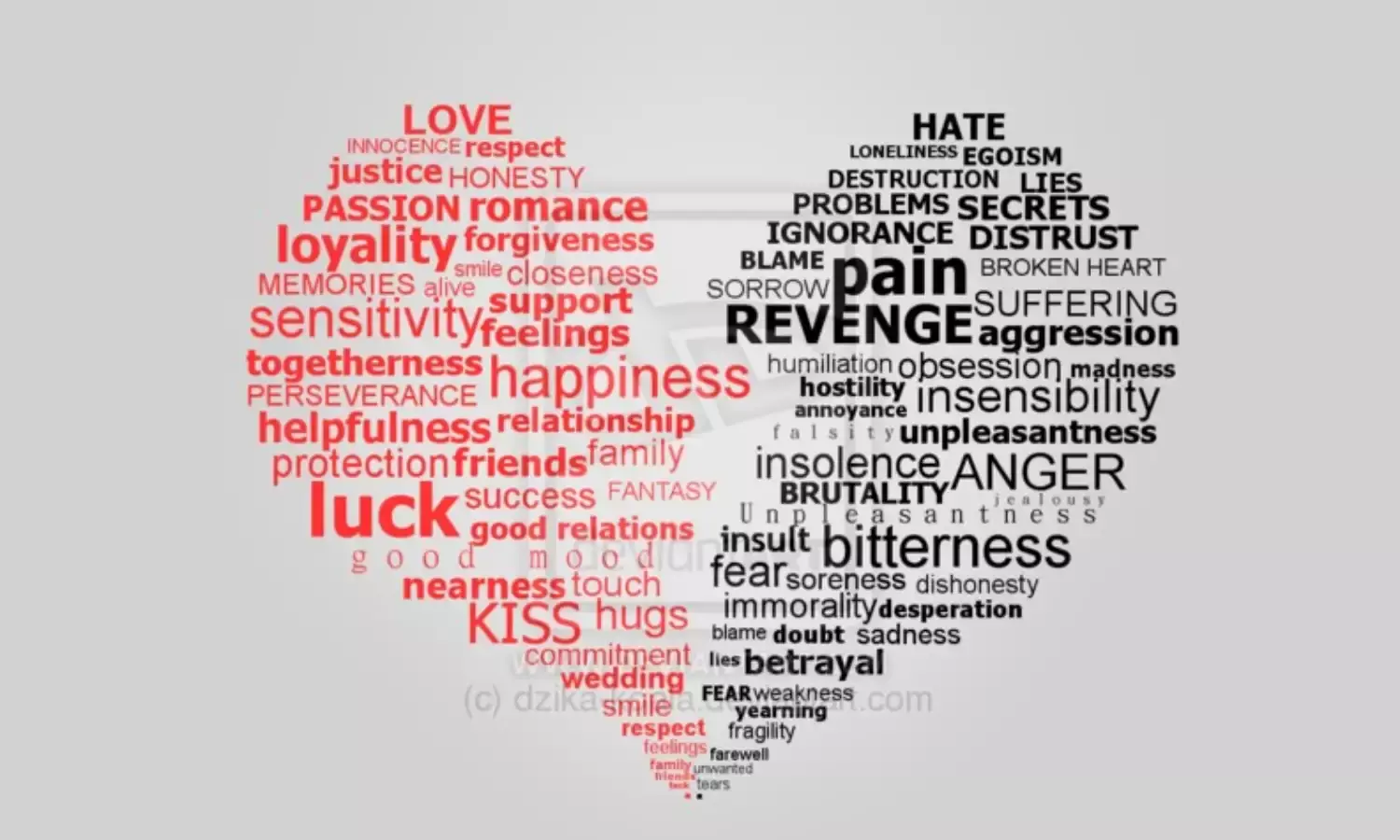New Respect For Those Seeking to Replace ‘Nafrat’ With ‘Mohabbat’
Media loses credibility

Thirty years ago, C. Balagopal, presented a collection of anecdotes from his brief sojourn in Manipur. Embellished with the former civil servant’s memories, it was a clear-eyed look at the nitty-gritty of governance in the remote North East. The book was titled ‘On a Clear Day, You Can See India’.
Sadly, the title feels like a misnomer, because I don’t have the foggiest idea as to why when Manipur is burning it is still not visible to many. For the past month and a half, it has been seized by repeated cycles of violence over land, forests, drugs and poppy cultivation.
In multiple failed efforts at peace, over 4,300 incidents of arson have been reported, nearly 3,500 houses destroyed in around 275 villages, 4,000 firearms looted by violent mobs from police armouries, 130 people have died, hundreds are injured and 60,000 have fled their homes. In a combustible mix of history, it is divisive and identity politics, faith and brutal turf wars that have kept the fires burning.
All this despite Manipur being under a heavy security blanket. The seeds of problems fatefully sown years earlier, and the tragic harvest that the Northeast keeps reaping since then, makes one thing very obvious. The very idea of a ‘one size fits all’ formula cannot be applicable to all states.
I also don’t have the faintest clue as to why in Purola in Uttarakhand, what began as a right-wing conspiracy theory has escalated into a full-fledged hate campaign. People who have lived there for years are being targeted and forced to close shops and move out of homes.
On May 26, two youths, Obaid Khan and Jitendra Saini allegedly kidnapped a minor girl. However, they were caught by locals and handed over to the police. How this absurd ‘abduction triangle’ turned into a ‘Love Jihad’ conspiracy, I am yet to understand. Even if you detach Saini and focus only on ‘Khan’, how can an entire community be responsible for, or bear the brunt of the act of one individual?
Finally, I cannot for the life of me understand how at a rally in his home turf in Kaiserganj, the benched WFI president not only announces that he will contest for the coming elections, but also has his fans swooning over his urdu shayari:
‘Ashq, gham aur kabhi zeher piya jata hai
Tab kabhi jaake zamaane mein jiya jata hai
Isko rusvaayi kahen ya shohrat apni
Dabe honthon se mera naam liya jata hai’
Seriously? You mean to say that guy has the nerve to admit that he swallows tears of grief and poison to survive in this world? That he is unsure if it is his popularity, or an act of dishonour when his name is taken with pursed lips?
What is wrong with this Badtameez Shayar brazenly spouting poetry when he should legally be behind bars? What is wrong with his ludicrous audience? Are we so blinded by the demand for drama in the news that we have completely lost track of our vision to see the obvious?
The media’s practice of focusing on the manipulators and their machinations rather than on substantive issues, has now become a tale as old as time. But the truth is that news can change perceptions. And with repetitions, perceptions often become reality.
However, there is another consequence that can arise out of the constant prevalence of press propaganda. After a while the public, ‘jo sab jaanti hai’, finally gets fed up. As people begin to realise that they are being misled, manipulated, and lied to, they resent being taken for a ride and the trust gradually erodes.
This decline in confidence reflects a widening feeling that the news media are contentious, unfair, inaccurate, and under the thumb of power. And that their entire system is geared only to amuse and divert. Not to inform. And anyone who loves their country will try to prevent themselves from being misled.
Apart from beginning to understand what Balagopal meant when he titled his book, I am also reminded of a song by Johnny Nash:
‘I can clearly now the rain has gone
I can see all obstacles in my way
Gone are the dark clouds that had me blind
It’s gonna be a bright, bright, bright
Sunshiny day’
Interestingly, there is quite an ongoing discussion about the meaning of this song. While some allude it as the final clarity moment before somebody takes their own life, most believe that it is a positive and motivational track. I strongly believe in the latter.
I don’t know about others but the last of the blinders which prevented me from seeing from all possible angles, has finally been removed. In that light, I can only believe that this song is about things looking up in the future.
The lyrics and its gentle melody provide both optimism and comfort. It also describes a distinct shift in perspective that makes problems clear. And brings hope for the future. I just hope more and more people finally begin to see from a horse’s point of view and shake off all such manipulated blinkers!
Don’t just rely on news, reports, digital ‘universities’ and be more aware, because in Einstein’s words, ‘Information is not knowledge’. And digital information without confirmation, is definitely dangerous knowledge.
The most important part of our digital transformation should be to stop being blind to systemic issues and change our thinking. Hatred is so easy to sell. What is difficult is to set out to buy Love. Perhaps that’s the reason I have newfound respect for those trying to open up a ‘Mohabbat ki Dukaan’ in the ‘Nafrat ka Bazaar’.
Views expressed here are the writer’s own.


